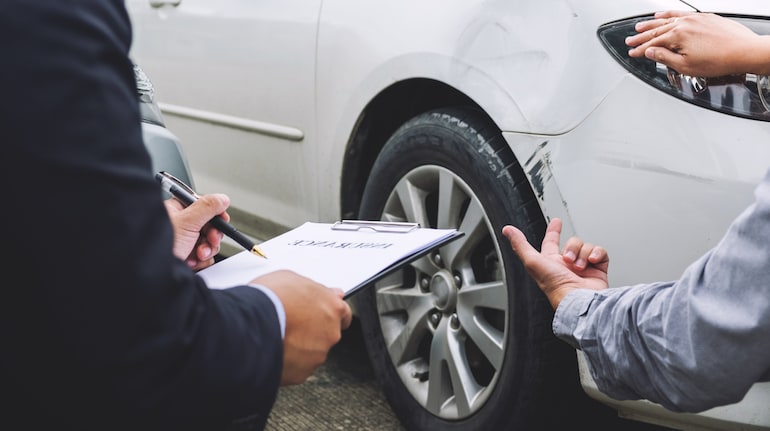



When you buy or renew motor insurance, one term you’ll come across is Insured Declared Value (IDV). Many car owners tick through the paperwork without really knowing what it means. But IDV is crucial — it’s the value the insurer will pay if your car is stolen or completely damaged. Understanding how it’s set can help you make better choices while keeping your cover effective.
What is IDV?
IDV is essentially your car’s current market value. It’s the maximum amount the insurer will pay you if your vehicle is written off in an accident or stolen. It’s not the original invoice price, but what your car would fetch today, factoring in depreciation. For example, a three-year-old car with an ex-showroom price of ₹10 lakh may have an IDV of about ₹6-6.5 lakh, depending on the insurer.
How is IDV calculated?
Insurance companies follow a standard depreciation chart set by IRDAI. The older your car, the higher the depreciation applied to its original price. Typically, it’s 5% in the first six months, 15% for 6 months to 1 year, 20% for 1-2 years, and so on, keeps increasing with age. Dealers and insurers also consider the make, model, and variant when fixing IDV. This is why two cars bought in the same year may have slightly different IDVs.
Should you pick a lower IDV?
Some people intentionally opt for a lower IDV to reduce premiums. While this makes your policy cheaper, it also reduces the payout you’ll get if your car is a total loss. In other words, you save a little upfront but risk losing a lot more later. On the flip side, picking a very high IDV may hike your premium unnecessarily. The sensible option is to stick to the fair market value range suggested by the insurer.
Why IDV matters for you
IDV directly impacts both your premium and your protection. Too low, and you won’t get enough compensation to replace your car. Too high, and you’ll overpay for cover. Striking the right balance ensures your policy is both affordable and effective.
FAQs
Q1. Can I negotiate the IDV with my insurer?
Yes, within a reasonable range. Insurers allow some flexibility, but it should be close to market value.
Q2. Does IDV affect claims for minor damages?
No. IDV comes into play only in total loss or theft cases, not for smaller repairs.
Q3. What happens to IDV as my car gets older?
It keeps reducing each year as depreciation increases. By year five or beyond, the IDV may be significantly lower than the original price.
Discover the latest Business News, Sensex, and Nifty updates. Obtain Personal Finance insights, tax queries, and expert opinions on Moneycontrol or download the Moneycontrol App to stay updated!
Find the best of Al News in one place, specially curated for you every weekend.
Stay on top of the latest tech trends and biggest startup news.